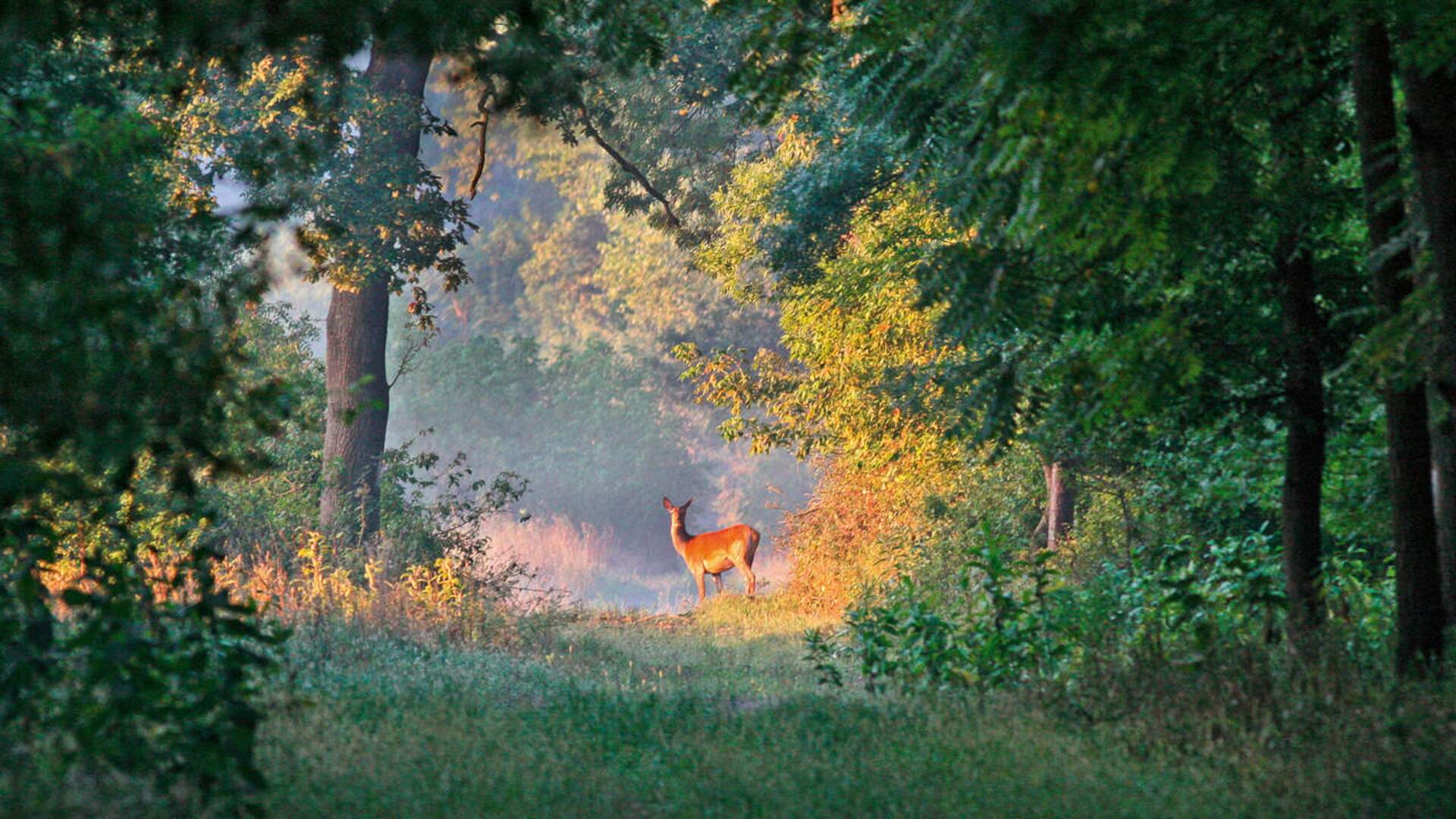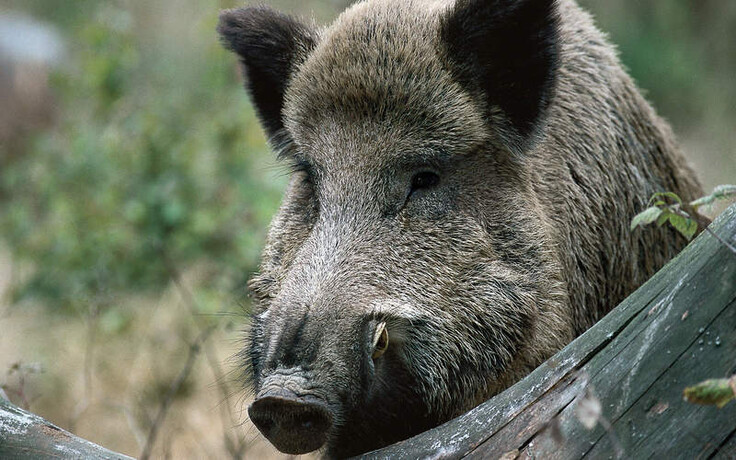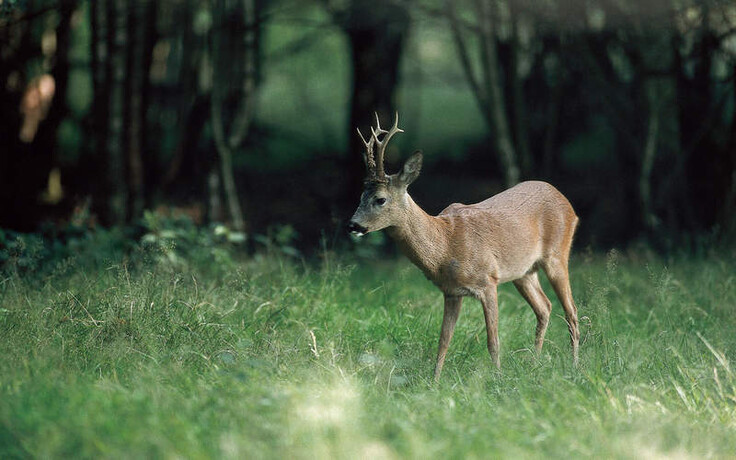The game meat guide clears up old prejudices

The prejudices against venison, the meat of deer, wild boar, stag and co, are persistent: the taste is harsh, the meat contaminated and the preparation complicated.
However, these myths are a remnant from a time when not every household had a fridge and freezer. In those days, game was still eaten when it was no longer edible if it was stored unrefrigerated. In order for the meat to be tasty, it had to be marinated, pickled and cooked for a long time beforehand. The so-called Hautgout is therefore not a typical gamey taste, as is often assumed, but a result of the meat being stored improperly.
Just like other types of meat, game meat is subject to the strictest controls in Europe today. The meat matures in cold stores and is processed under hygienic conditions. Strong-smelling and unhealthy game meat is therefore a thing of the past.Sustainable natural product
As the name suggests, game grows up in the wild. Living in freedom, stress-free growth and a natural and varied diet make game meat something very special. Contrary to all preconceptions, it is therefore not only particularly tender and tasty, but also very digestible. In terms of nutritional physiology, it is superior to conventionally produced meat from farm animals in many respects. Low in fat and rich in protein, vitamins and nutrients, game meat provides a variety of minerals as well as the vital, unsaturated omega-3 fatty acids.

Free-range or battery farmed
When buying game meat, it is important to pay attention to its origin. In its guide to meat counters, the WWF recommends "game meat from sustainable, regulated hunting within the EU". In order not to be exclusively dependent on hunting success, many countries have developed forms of fenced farming for wild animals. This is agricultural livestock farming that has nothing to do with hunting. Although the typical culinary taste of wild game is lost due to the human-influenced feeding, the quality of the meat is in no way inferior to that of their free-ranging counterparts. This also applies to packaged or frozen game. As game is subject to certain closed seasons, it cannot be slaughtered to order. It is therefore often unavoidable that venison has to be frozen in order to be in the store at the right time.

Not just old classics
Game classics such as roast, ragout, pepper and goulash are particularly well-known in the kitchen. Today, however, venison is prepared in the same way as conventional beef or pork. It does not require any special seasoning or preparation methods and tastes just as delicious grilled as it does braised or roasted. Trendy dishes such as pulled meat can be prepared with it just as well as dishes from traditional cuisine. Game can also easily hold a candle to meat from conventional livestock in terms of variety: The range extends from deer, roe deer and wild boar to chamois and brown hare through to feathered game such as duck, pheasant, partridge, quail and pigeon. Bell Switzerland's game range comprises around 260 articles. Despite everything, game is still a niche product - and quite wrongly so. Because anyone who values a balanced and varied diet is perfectly served with game meat.